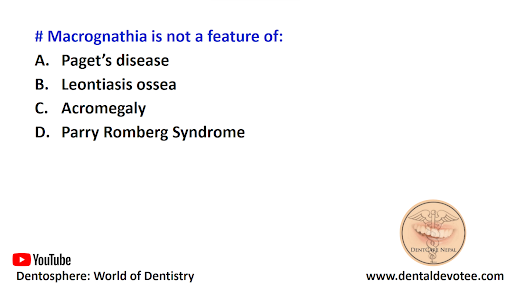# A 7-year-old child with multiple carious lesions is the subject of a care order. Which of the following best represents who should usually take responsibility for decisions about treatment?
A. Birth mother
B. The child's foster parents
C. The court
D. The parents and local authority
The correct answer is D. The parents and local authority.
The treating dentist must be aware of who has parental rights and responsibilities before carrying out treatment on children. This is even more important when a child is the subject of a care order, in which case the local authority has parental rights and responsibilities jointly shared with the parents. If the child is in voluntary care, parental rights, and responsibility still remain with the child's parents. It is best practice to confirm these details before starting treatment.







